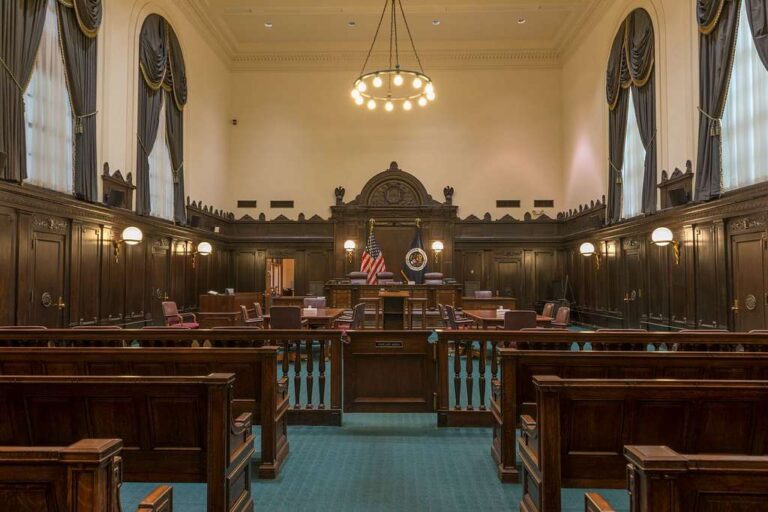Demonstrators in an estimated 270 cities across the country rallied in support of an increase in the minimum wage. The Fight for 15 campaign, backed in part by the Service Employees International Union, is in its third year and demanding attention from politicians—and hoping for success at the ballot box in 2016. Workers from industries and unions outside of SEIU’s domain joined the fight, according to the Huffington Post. Even in cities that already won a $15 minimum wage, such as Los Angeles, workers marched in solidarity. The Los Angeles Times posted photos of demonstrators in some of America’s largest cities.
While activists chanted outside, legislators in the Massachusetts State House deliberated over wages. Yesterday the Legislature’s Labor and Workforce Development Committee voted to increase the minimum wage to $15 for companies with more than 200 employees. Boston.com reports that if the proposal makes it past both chambers and the governor’s desk, the new wages would go into effect by 2018.
Tyson Foods employees may have reason to be more optimistic than most of their fellow class action plaintiffs. In Tuesday’s oral arguments, Justice Kennedy hinted that he might consider statistical evidence on the average amount of time workers spent putting on and removing their protective gear—time for which they seek to be paid. Tyson contends this approach is at odds with the Court’s holding in Wal-Mart Stores v. Dukes because the workers do not have enough in common to jointly pursue their claims. According to the New York Times, Justice Kennedy seemed to look for a way to define the class narrowly, while representatives for the workers prefer to include all employees who performed substantially similar duties. This case is one of three that that the Supreme Court heard in the last month with the potential to limit the availability of class actions.
The H-1B visa program is working well for large companies, but small-time employers and individual workers find that the program falls short of its mission. The New York Times explains that large outsourcing companies have obtained tens of thousands of the limited 85,000 H-1B visas. As they flood the lottery with applications for outsourced employees, they often prevent smaller firms with only one or two applications from winning a coveted lottery slot. Critics of the H-1B program say that, because of loopholes, the program allows employers to displace qualified American workers, underpay foreign workers, and prevent small companies from hiring immigrants whom they genuinely cannot find in their local markets.
For Chicago teachers, the likely question is not if but when to strike. The Chicago Teacher’s Union president wrote in a letter obtained by the Chicago Tribune that “it is clear that no meaningful progress toward an agreement has been achieved despite our best efforts.” This week, the union proposed starting a final step of contract negotiations with Chicago Public Schools on Nov. 23, a day already planned for mass demonstrations. After a months-long fact-finding process, the teachers may strike if no agreement is reached. The school district instead prefers to wait until February to begin the fact-finding process, a necessary step before teachers can walk off the job. The teachers’ contract expired in the summer.






Daily News & Commentary
Start your day with our roundup of the latest labor developments. See all
December 2
Fourth Circuit rejects broad reading of NLRA’s managerial exception; OPM cancels reduced tuition program for federal employees; Starbucks will pay $39 million for violating New York City’s Fair Workweek law; Mamdani and Sanders join striking baristas outside a Brooklyn Starbucks.
December 1
California farmworkers defend state labor law, cities consider requiring companies to hire delivery drivers, Supreme Court takes FAA last-mile drivers case.
November 30
In today’s news and commentary, the MSPB issues its first precedential ruling since regaining a quorum; Amazon workers lead strikes and demonstrations in multiple countries; and Starbucks workers expand their indefinite strike to additional locations. Last week, the Merit Systems Protection Board (MSPB) released its first precedential decision in eight months. The MSPB had been […]
November 28
Lawsuit against EEOC for failure to investigate disparate-impact claims dismissed; DHS to end TPS for Haiti; Appeal of Cemex decision in Ninth Circuit may soon resume
November 27
Amazon wins preliminary injunction against New York’s private sector bargaining law; ALJs resume decisions; and the CFPB intends to make unilateral changes without bargaining.
November 26
In today’s news and commentary, NLRB lawyers urge the 3rd Circuit to follow recent district court cases that declined to enjoin Board proceedings; the percentage of unemployed Americans with a college degree reaches its highest level since tracking began in 1992; and a member of the House proposes a bill that would require secret ballot […]